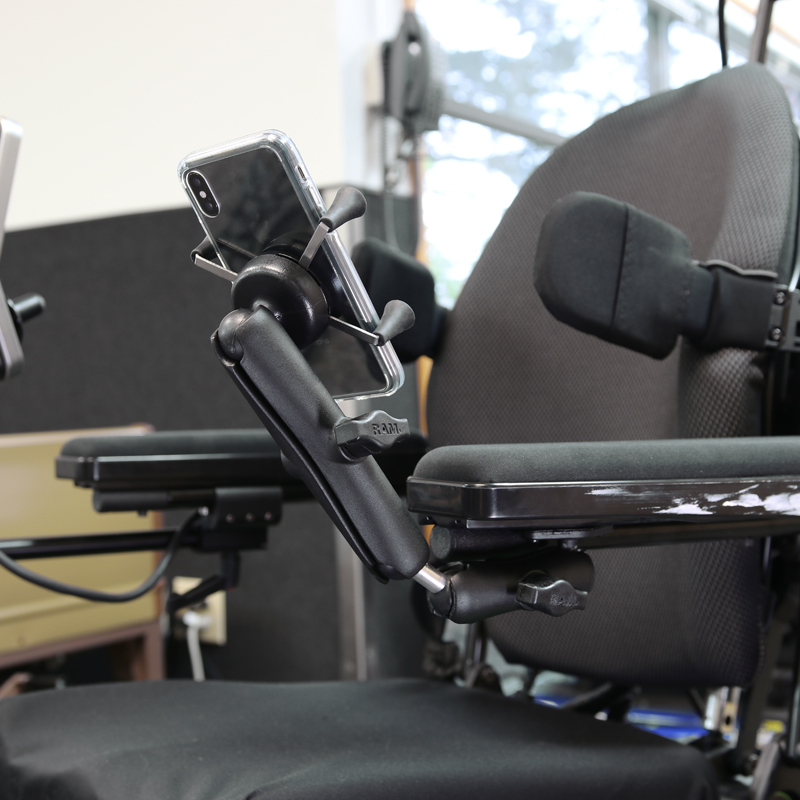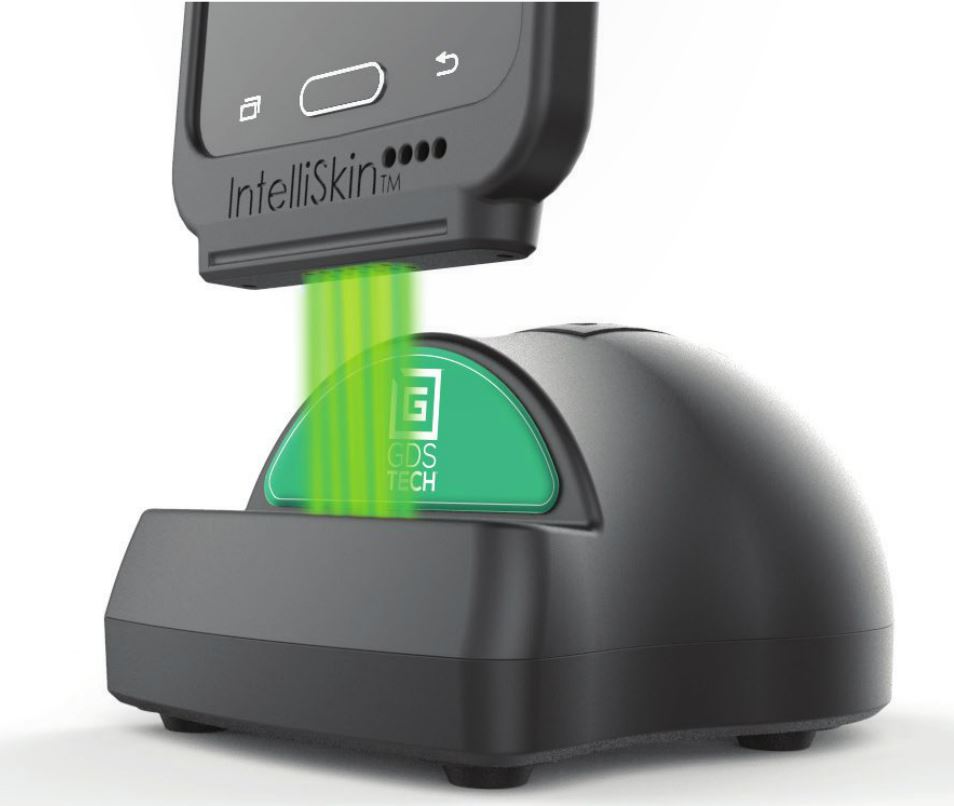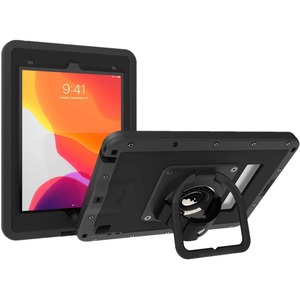7th Sep 2020
How the right accessories can maximise mobile devices for people with a disability
Mobile devices including iPads, tablets and smartphones can provide so many benefits for people living with a disability. Mobile technology can add tools for communication including telehealth, for education for people of all ages plus leisure activities. So choosing the right accessories that enable the device to meet the needs of the user are so important so that the potential for the apps and tools on the device to be realised.
Mount a device where it is most useful
Especially for clients with limited mobility, the placement of a device where they can easily use it or view it is so important. This improve only the comfort for the user, but also reduces the chance of the device being dropped or knocked if it is in an awkward position.
|
|
Ruggedise the power port
Some clients experience clumbsiness or shakes, and as such, docking a device to recharge can be both difficult for the user and increase the change of damage or wear for the device. A good solution for many users is to ruggedise the power port so that multiple, hard attempts at docking won’t damage the delicate power port.
|
|
Device stand for low visionMany low vision clients use iPads and tablets for reading, either ebooks or by photographing paper books and enlarging the image on the screen. A desktop tablet stand can take the work away from a user’s shoulders and neck by holding the device closer to the user’s face for reading. Some tablet stands are portable so can be included in a student’s bag, while others may stay at home or school. |
|
Recharge anywhere
|
|
Good quality protective device case with the right featuresA dropproof, protective case for the user’s device is a good star. Make sure that it is made from quality materials, and has been designed to handle the rigours of everyday life, including corner protection, and screen protection. While a cheap and cheerful case from a pop up store may look like it will do the job, it is unlikely to protect the device from the harder-than-normal treatment by many people with disabilities, so choose a case from a leading brand.Look out for helpful features on the case too, as they can add versatility to how you use the case. This could include a carry handle, hand grip or shoulder strap to make carrying the device easier, or a stand to prop it into a good reading or typing position. Some cases have inbuilt screen protectors too. |
|
Need help, a quote for a Volume Purchase, or for NDIS?
- Click here for our Solution Finder enquiry form. Tell us what you need, and we will reply with options for you to consider.
 Click here to learn how to order using NDIS funding.
Click here to learn how to order using NDIS funding.






